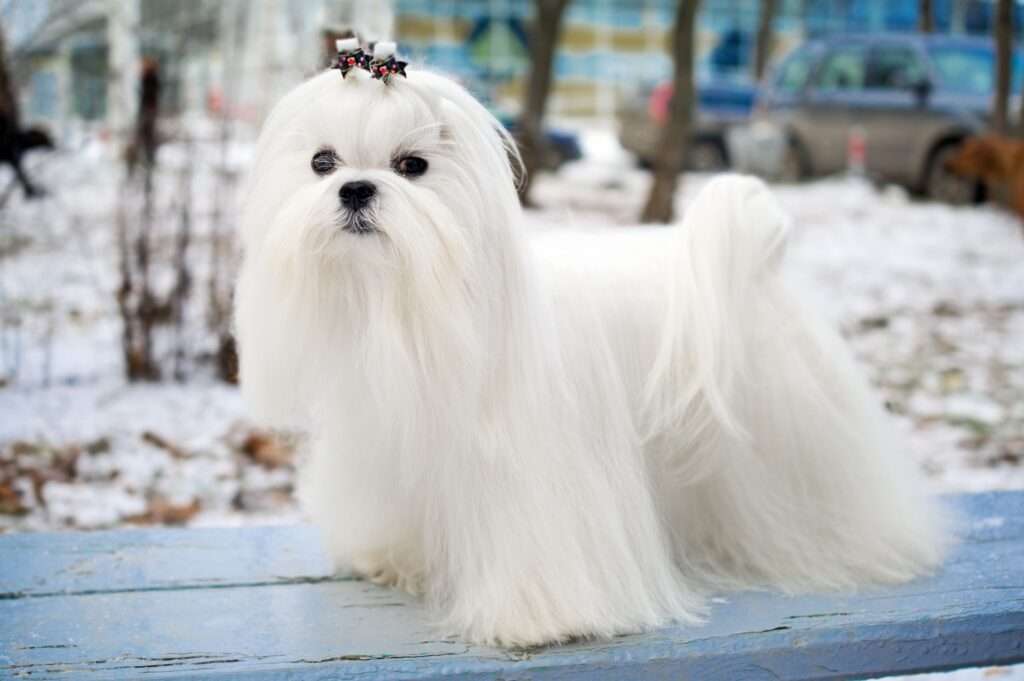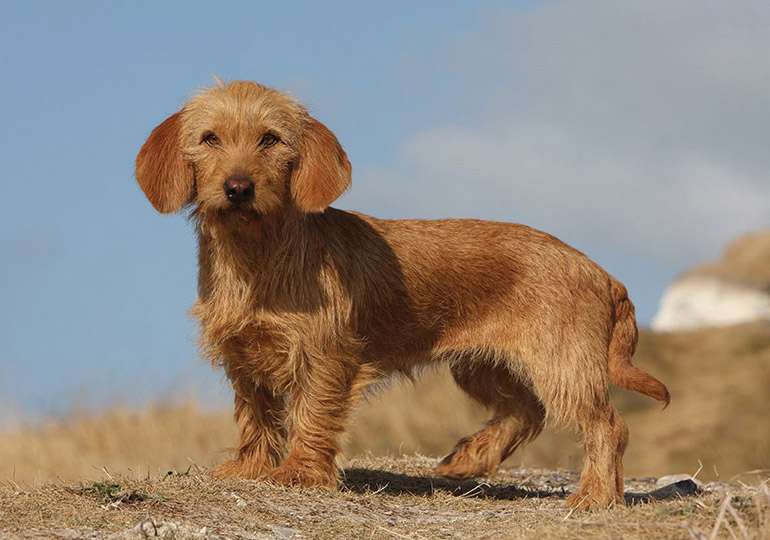
he Maltese is a little, loving breed of toy dog that originated in the Mediterranean and is distinguished by its distinctive silky, white fur that draws attention to its large, black eyes. Although it still needs regular activity, it can make a cute lapdog. Despite being small, the Maltese may also be a vigilant and courageous watchdog. It can also be a wonderful choice for someone looking for a dog that sheds little, albeit it does require some complex grooming.
Care as a Pet/ In Captivity
Maltese prefer to be the center of attention and require daily playing and exercise. To guarantee they have appropriate manners, they need to receive the proper instruction and socializing. Additionally, they require a lot of grooming.

Exercise
The energy level of the Maltese is average. They should engage in vigorous walks, hikes, fetch, and other active play for at least a half-hour to an hour each day. Additionally, puzzle games and even dog athletics like agility can help keep their minds active. They don’t need a lot of room to work out because of how little they are.
Due to the lack of an insulating overcoat, the breed does not survive high temperatures well. In chilly weather, it’s advisable to limit your dog’s outdoor activity and provide him a coat or sweater.
Grooming
The Maltese’s silky coat never stops growing. Many owners choose to trim the coat short to make upkeep easier, which causes it to become fluffy and wavy. Some people maintain their coats flowing and long.
This coat type necessitates routine grooming as a matter of course. If the coat is kept long, the Maltese may need to be brushed daily or twice to three times each week. Additionally, routine trimming will be required to keep the appropriate coat length.
Nutrition and Diet
Keep fresh water on hand at all times for your Maltese. And feed your dog a high-quality, nutritionally complete diet. The majority of owners choose to feed twice daily. A diet designed for tiny dogs may be the best option because the serving sizes are often smaller and easier to consume while still offering a balanced diet. To avoid overeating, keep an eye on treats and other food intake. With your veterinarian’s help, determine the right kind and amount of food for your dog’s size and lifestyle.
Table





